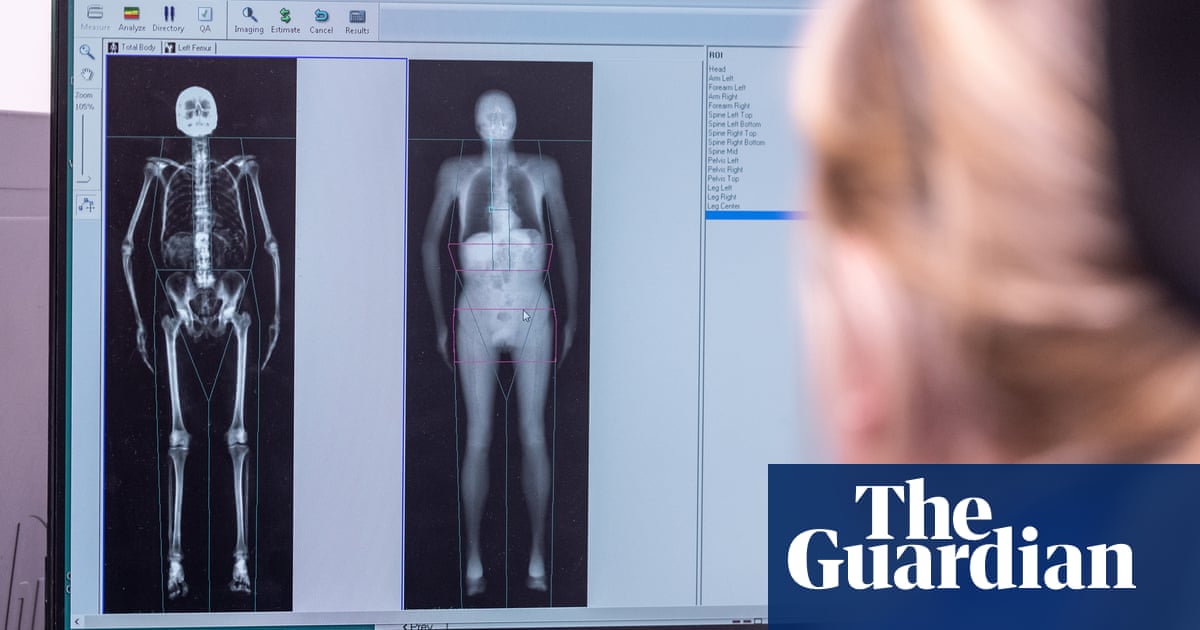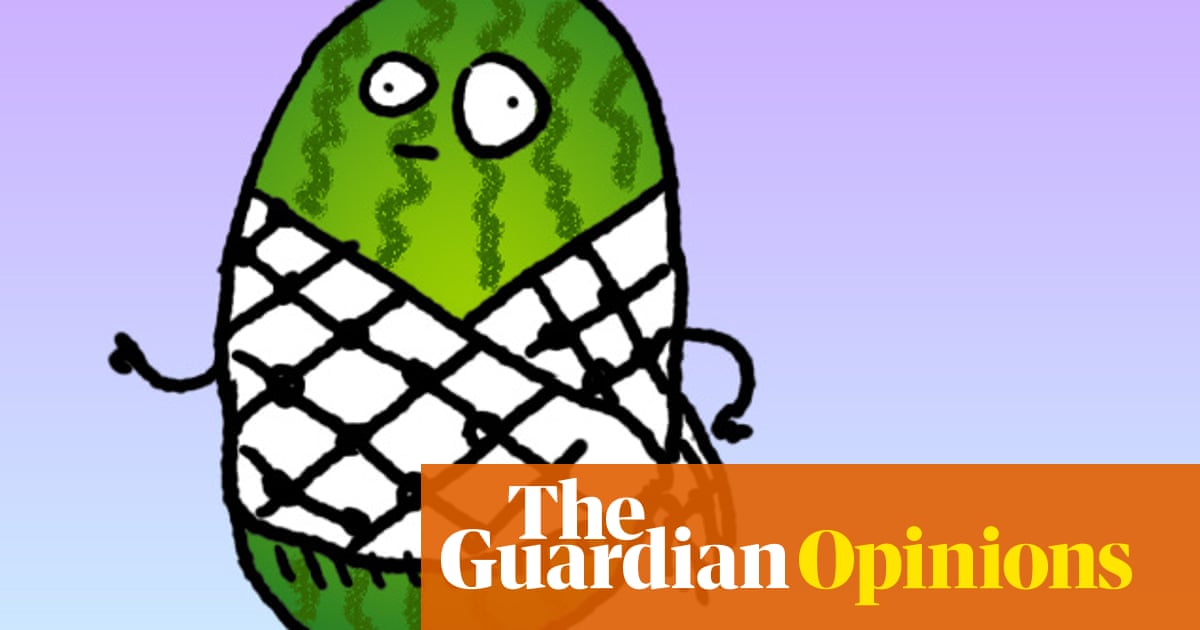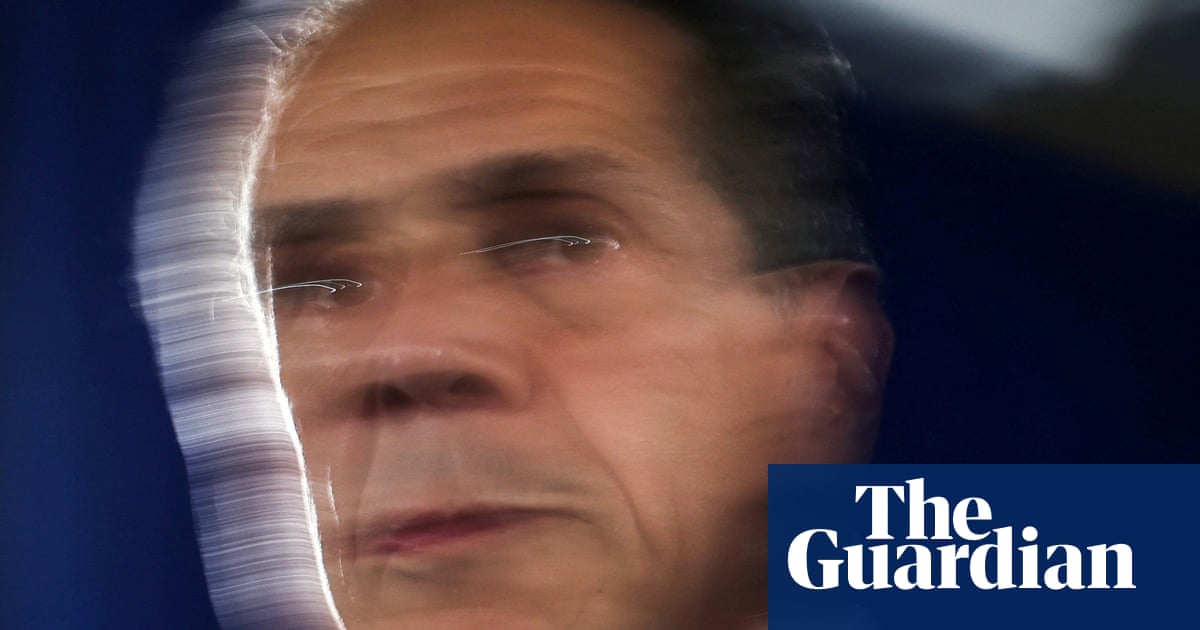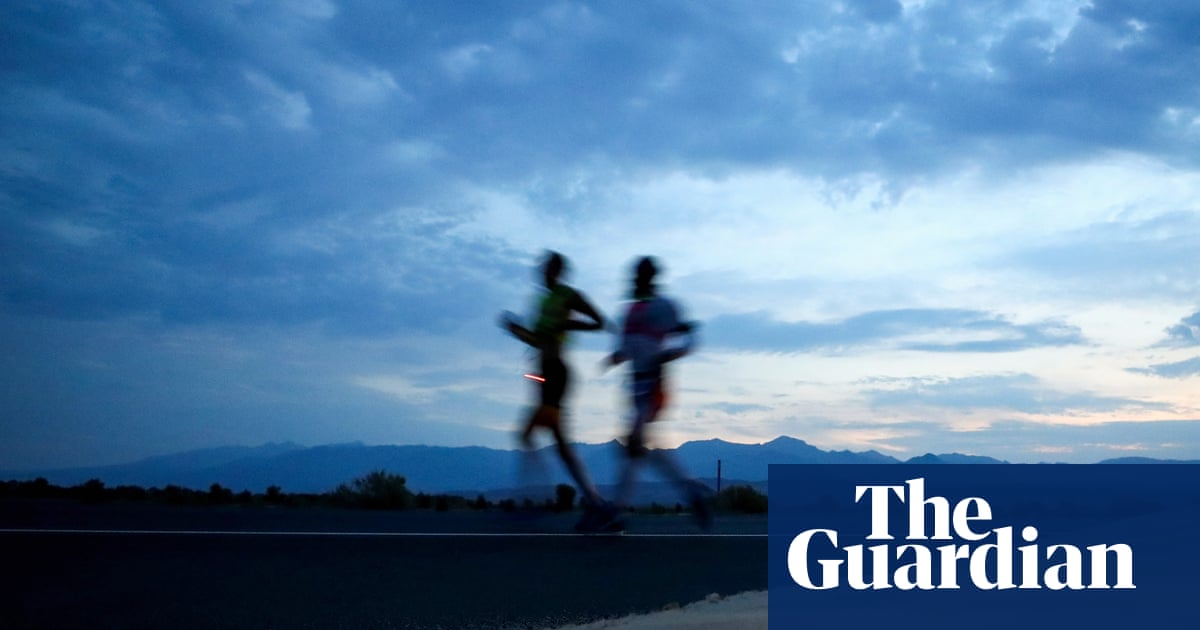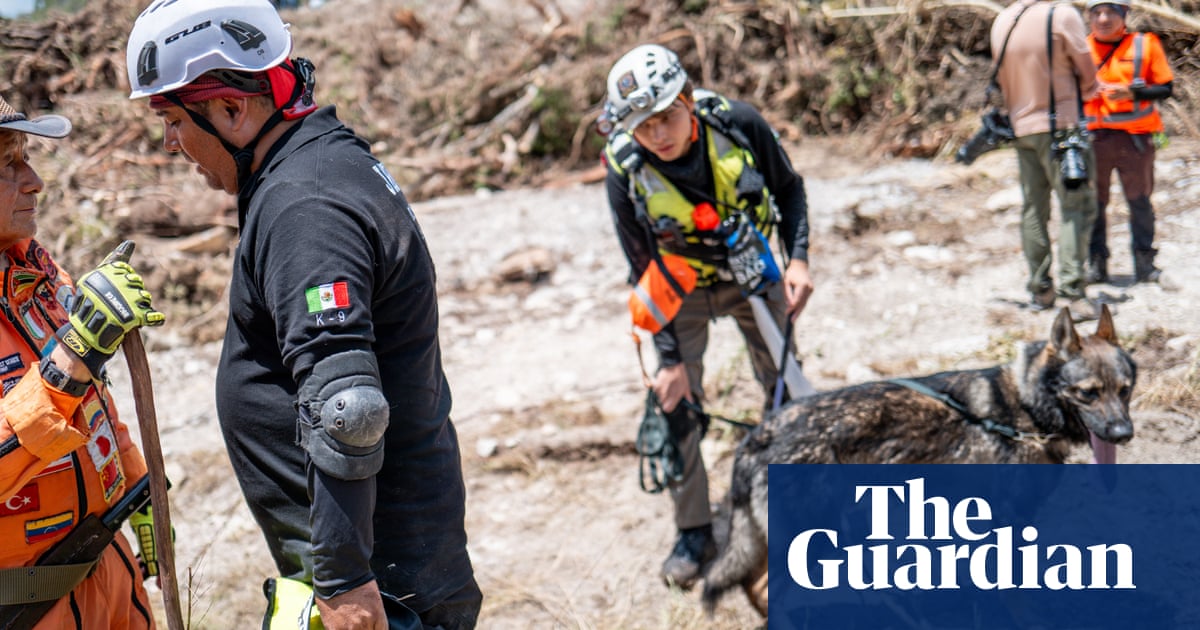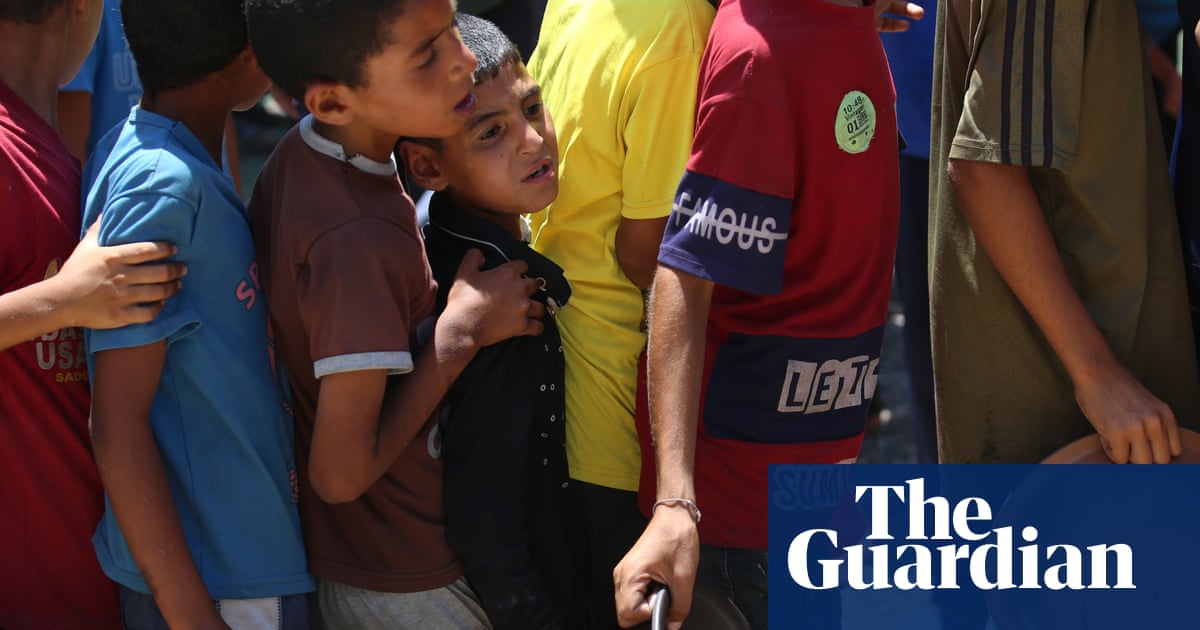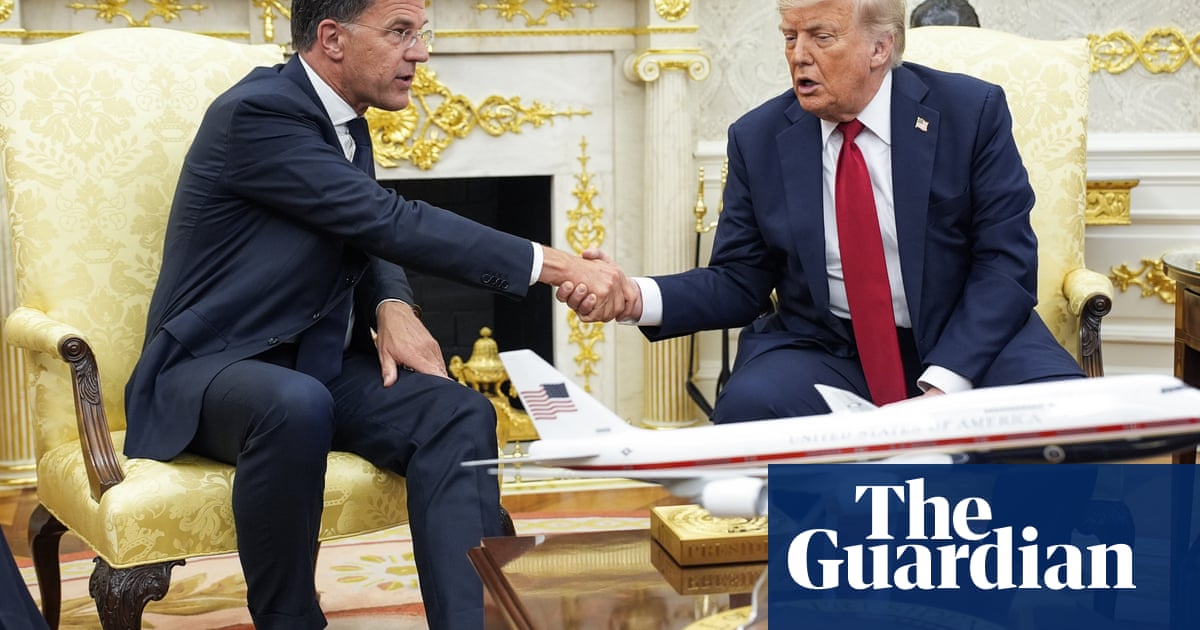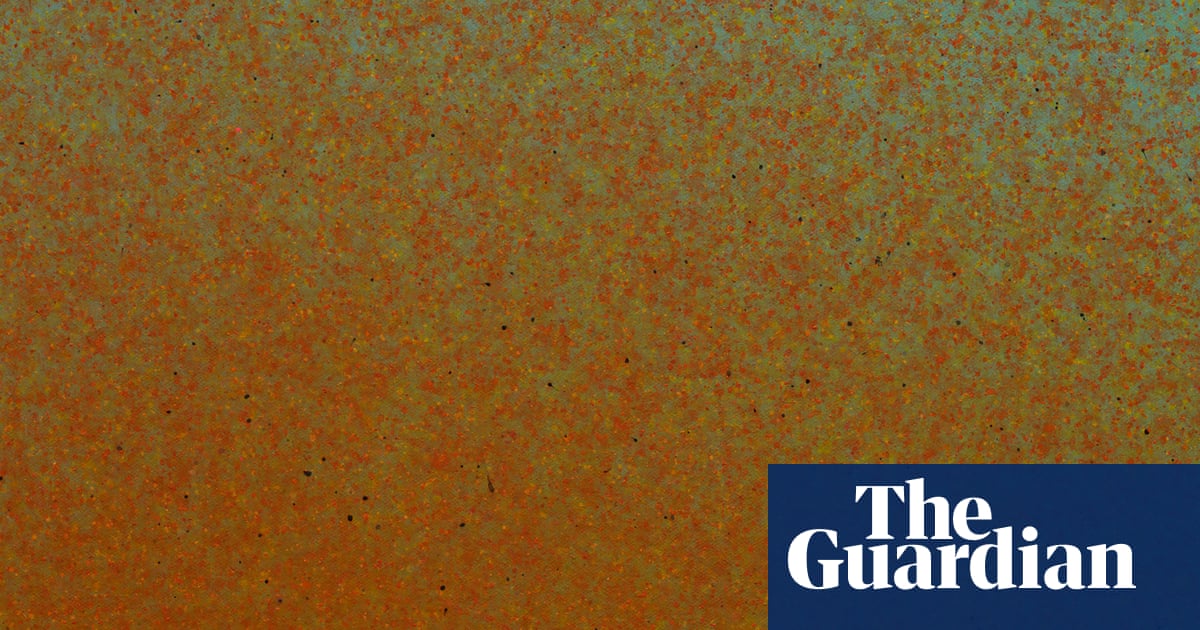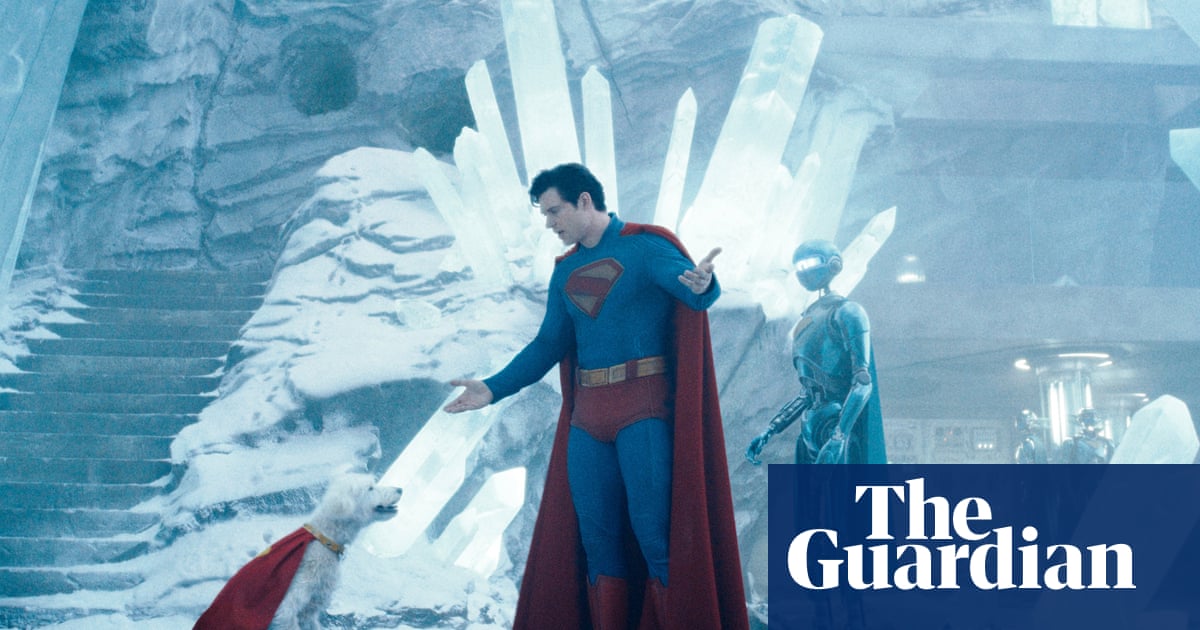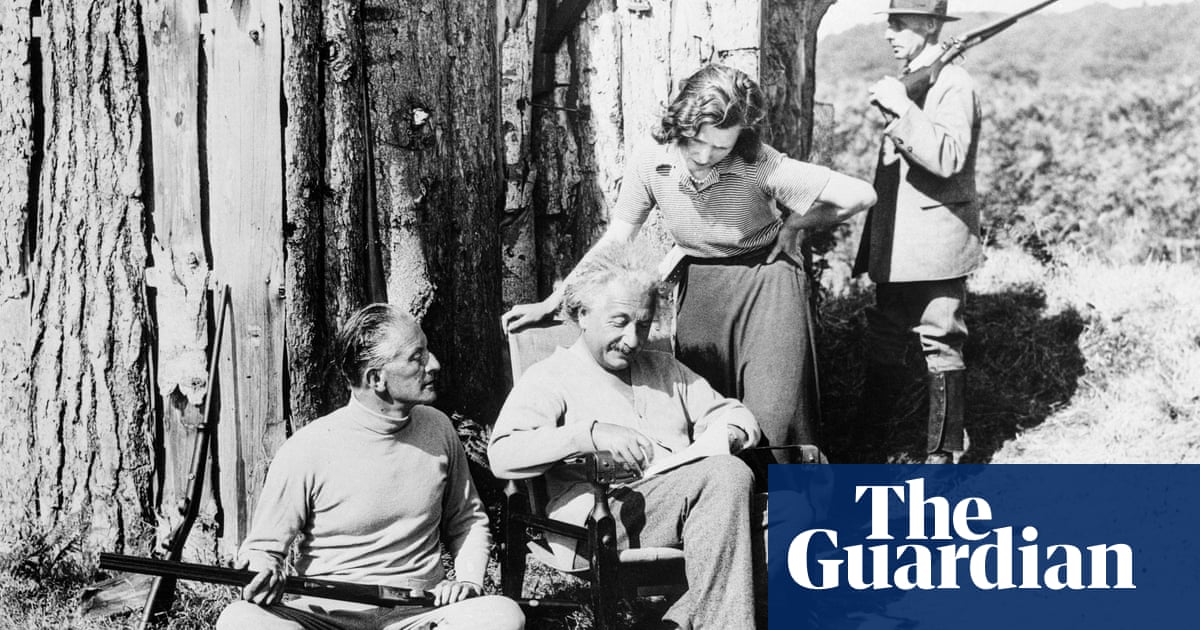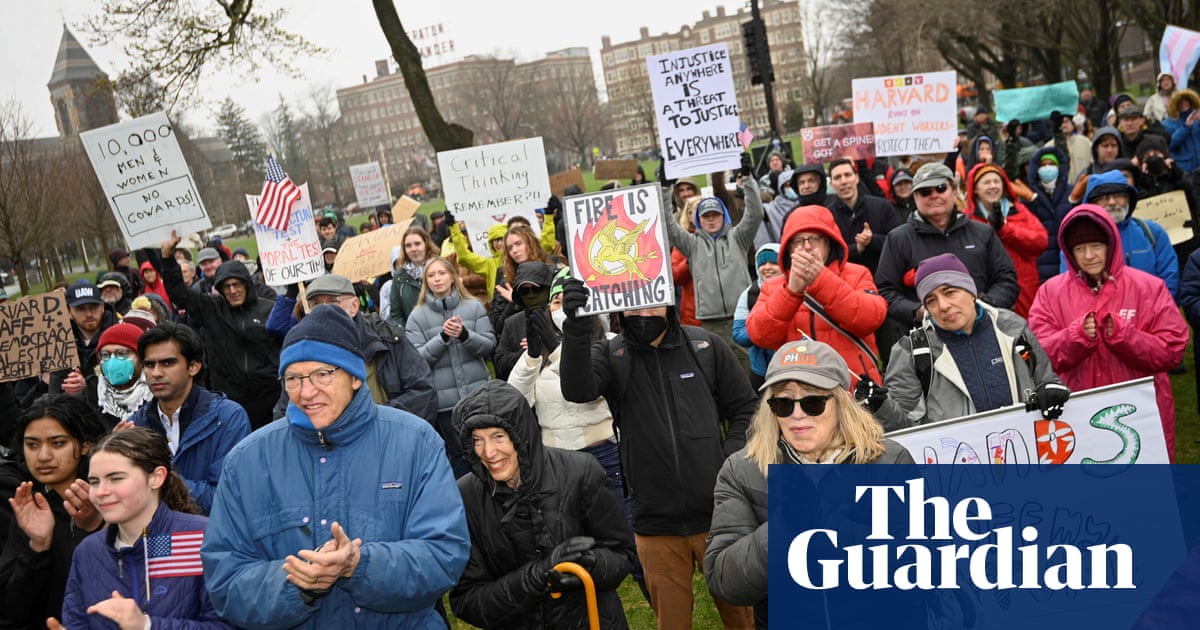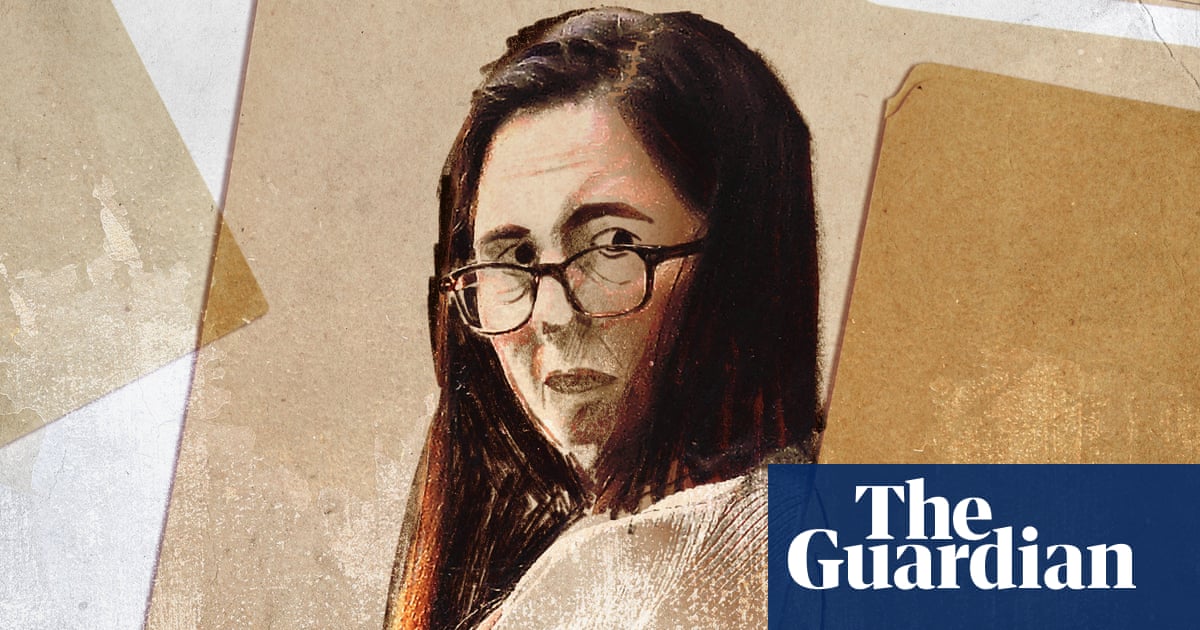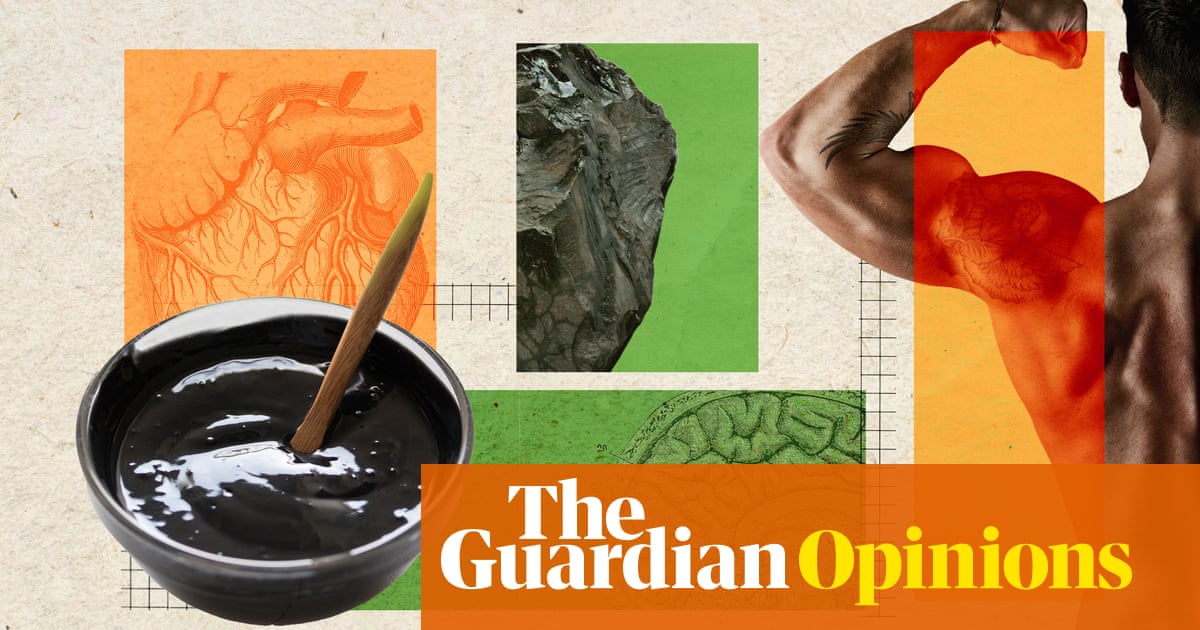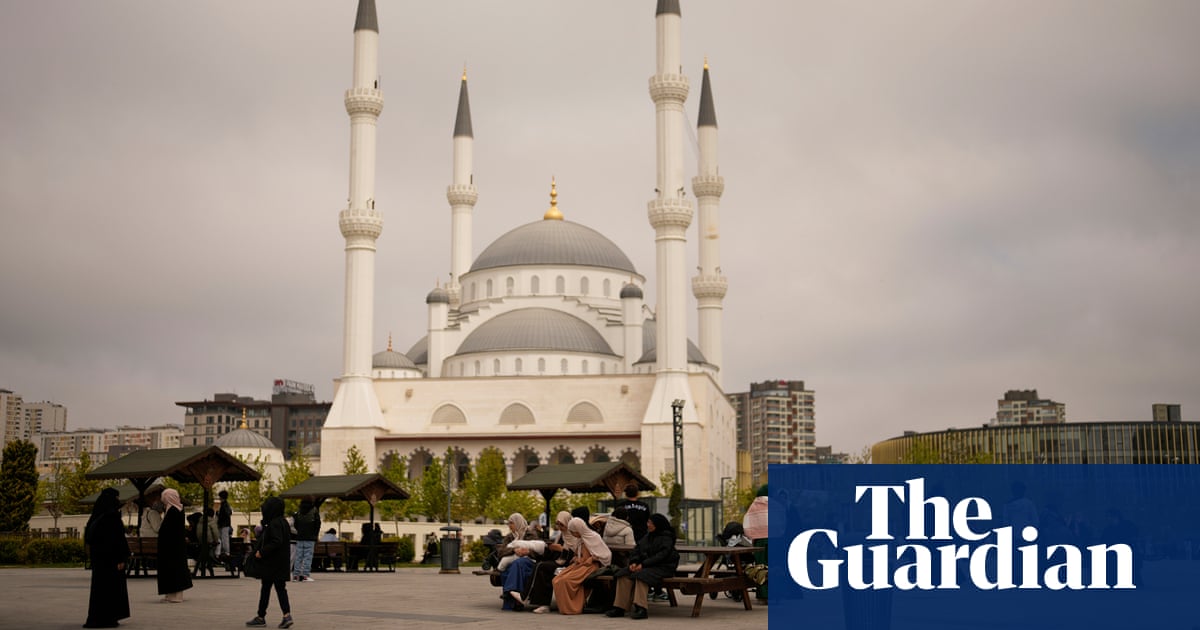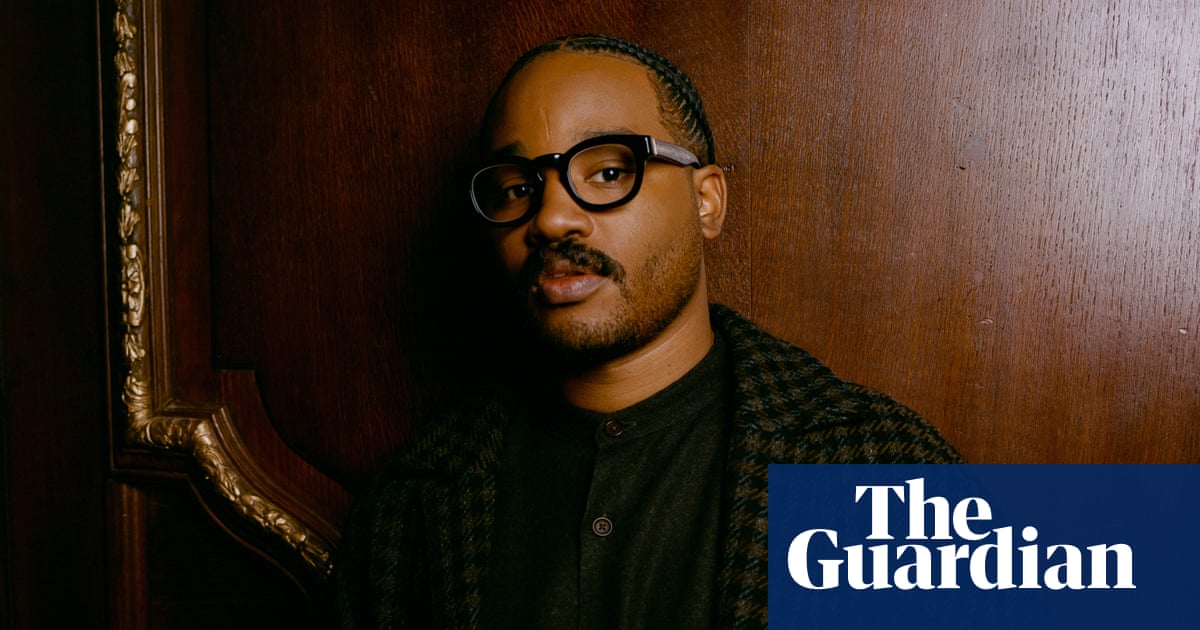After 21 months of war, the Israeli minister of defence, Israel Katz, has proposed a new initiative to force all Palestinians in Gaza into a camp on the ruins of Rafah.
I lived west of Gaza city, just five minutes away from the beach. I used to see the waves from the roof of our house. The area was marvellous, with luxury architecture, hotels and tourist resorts.
Since the war began, I have been moving between the northern, western and eastern areas of the city. We were unable to settle in one place because Israeli ground invasions continued to move from one area to another. Later, the Israeli army named these areas “North Gaza” as part of its apartheid policy, dividing Gaza into north and south and treating them differently.
I remember at the beginning of the conflict when the planes dropped evacuation leaflets saying: “You must now head to the south of the valley. You are in a dangerous combat zone.” My father told me and my siblings that these leaflets were nothing but a displacement plan. The south was not safe, and we had to stay in northern Gaza.
Before 7 October, we could move freely from north to south without any restrictions. This was one of the features that distinguished Gaza from the West Bank. However, when many people rejected Israel’s orders at the start of the war, the IDF established a checkpoint between the north and the south. Israel said that anyone seeking food should travel to the south of Gaza and never return to the north. In fact, it implemented a starvation policy as a means of displacement. People who couldn’t stand the hunger left, but we stood firm in our decision not to submit.
I remember being poisoned during last year’s Ramadan. There was nothing in the markets except weeds, whereas the south was brimming with goods. We were dying of hunger and exhausted as we were displaced from one area to another.
Relatives who had been displaced to the south told us it was safe. But then, Israel invaded Rafah and destroyed it, killing many. After this, those who had fled became crowded in the centre of Gaza along roads, living in tattered tents. They were unable to return to the north across the Netzarim checkpoint. A young man, Omar Marouf, only 22 years old, decided to return to northern Gaza across the checkpoint. We still do not know what happened to him. Was he killed?
Then the aid was cut off. Up and down the territory we were being bombed and starved, sometimes shot while queueing for what little food was being allowed in. According to Katz, Rafah will become a “humanitarian city”, but no one in Gaza can believe this claim.
I asked my grandfather, who, aged four, witnessed the displacement of the Nakba in 1948, about the purpose of Katz’s plan. “Is this plan a prison within a prison?” I asked. “There is no point in going there,” he responded. “We are already in a prison with closed doors.” There will be death in every corner of Gaza as long as it is occupied.
Neighbouring Arab countries have denied us refuge, especially Egypt. Currently, it only receives people from Gaza as patients and refuses to grant them residency.
The people of Gaza believe the plan is nothing more than an Israeli pressure tactic against Hamas, hoping it will waive the demand that Israel withdraws from the Morag axis – an Israeli “security corridor” between Rafah and Khan Younis.
Gaza’s people are waiting for another pause in the conflict with empty stomachs. Young people have stopped queueing for aid, hoping that a truce is near and that there is no need to risk their lives. This truce, even if it is for 60 days, is the only chance for us to breathe. I do not know what will happen if these negotiations fail. This ceasefire is our last hope to live in peace, even if for a short while.
-
Nour Abo Aisha is a freelance writer based in Gaza

 5 hours ago
4
5 hours ago
4
